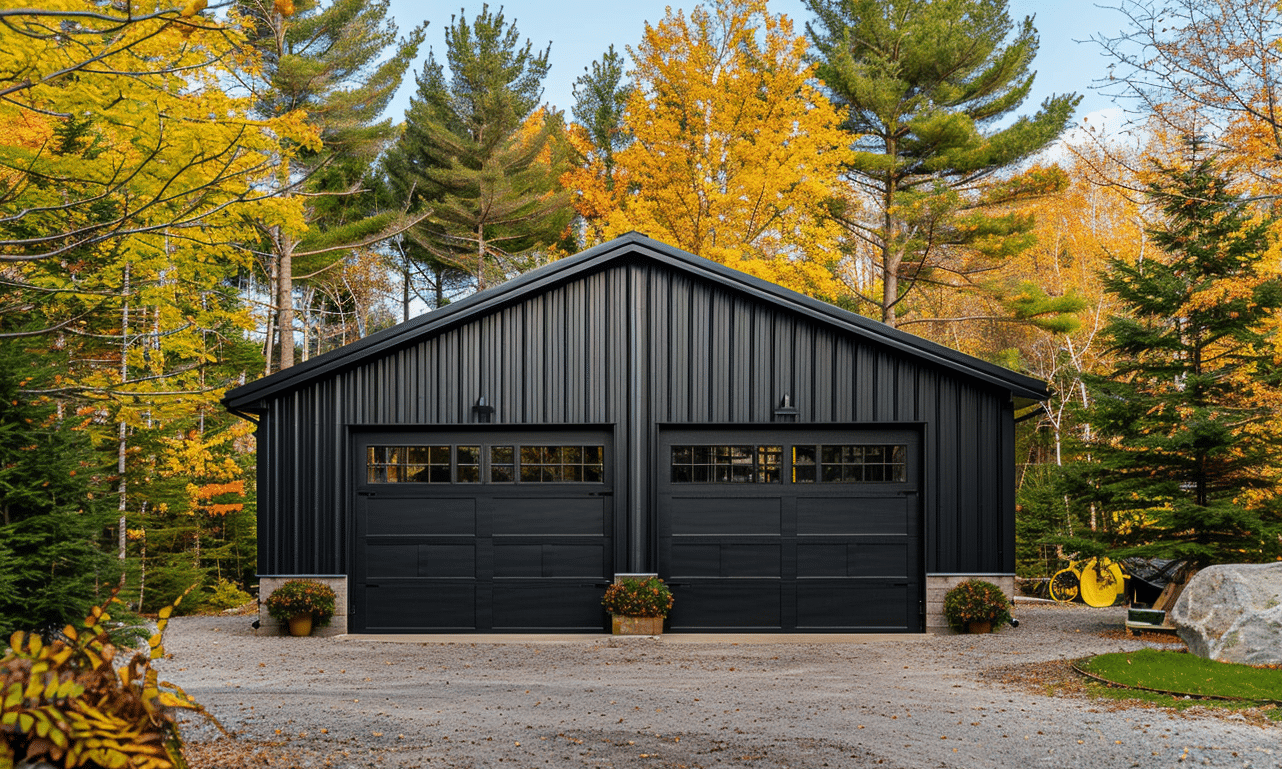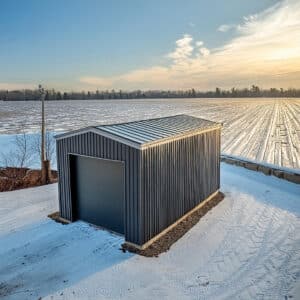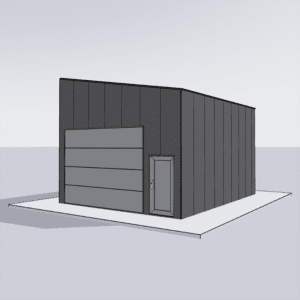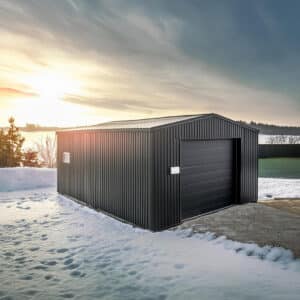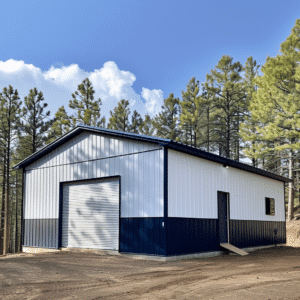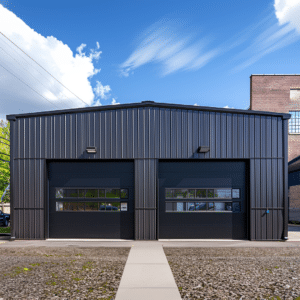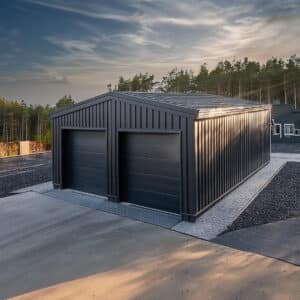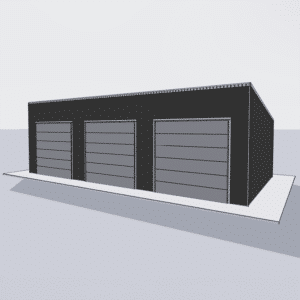When it comes to erecting a robust and long-lasting pole barn, starting with a solid foundation is crucial. Pole barn foundations are the bedrock of stability, quite literally, and the considerations involved in selecting the right type can make or break your project. Imagine a well-crafted masterpiece; its elegance and durability are indebted to the careful attention to its base. This analogy holds for pole barns, where the correct foundation defines the structural integrity and longevity of the building. In this guide, we’ll delve deep into the multifaceted world of pole barn foundations and illuminate some key aspects you’ll want to keep top of mind.
The Importance of a Solid Foundation
A pole barn serves a variety of functions, from agricultural storage to residential workshops. No matter the intended use, the foundation remains a critical element. Pole barn foundations carry the weight and transfer structural loads to the ground, preventing settlement and displacement over time. But what’s the secret sauce to choosing an effective foundation? It starts with understanding the unique demands and environments in which these buildings stand.
Imagine planning a large family meal; you wouldn’t serve pasta in a teacup! Similarly, you wouldn’t opt for a foundation that doesn’t fit the kind of support your pole barn needs. This underscores the significance of choosing the right pole barn foundation types that suit your specific building circumstance.
Factors to Consider
Before we dive into foundation types, let’s weigh in on what factors are crucial for deciding on your pole barn foundation:
1. **Soil Type and Conditions:** The soil beneath your barn can significantly impact your foundation choice. Understanding soil characteristics such as drainage, compaction, and load-bearing capacity is essential.
2. **Building Size and Design:** Larger structures naturally demand a more stable foundation to adequately support the increased load.
3. **Weather and Climate:** Consider the climatic conditions, including seasons with heavy rainfall, freeze-thaw cycles, or earthquake zones that can affect the foundation integrity.
4. **Building Codes and Permits:** Ensure compliance with local building codes and permits, referring to resources like the Government of Canada – Pole Barn Foundations that offer authoritative guidance.
Exploring Pole Barn Foundation Types
Different foundation types cater to diverse needs. Let’s explore the primary enclaves:
Post-in-ground Foundations
The most conventional method involves setting posts directly into the ground, reinforced by concrete backfill. This technique boasts simplicity and cost-effectiveness. However, it might not be the ideal choice for areas with unstable soil or high groundwater levels.
Concrete Slab Foundations
Concrete slabs provide excellent stability by spreading loads evenly and offering a solid base free from ground contact issues. These slabs can withstand heavy use and are a prudent choice for barns that will house large machinery.
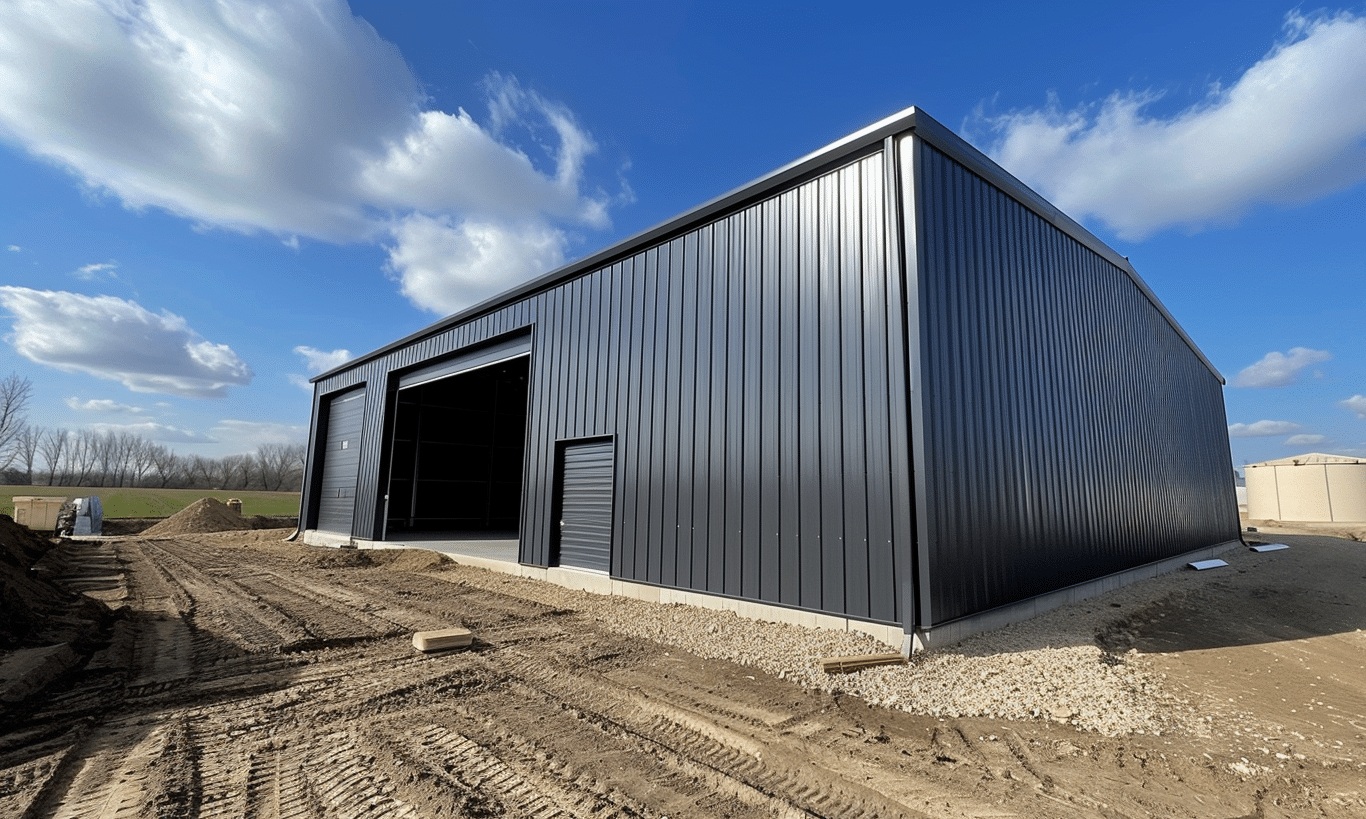
Perimeter-Only Concrete Footings
This foundation type involves digging perimeter trenches and employing concrete to ensure the building’s edges are bolstered, giving room for flexible internal adjustments. It’s a fantastic choice when less external load is expected, making it cost-efficient yet secure.
For a detailed comparison and insights, check out Pole barn foundation types and derive the best-suited foundation for your project.
Common Challenges and Considerations
As we navigate through these foundation choices, it’s imperative to comprehend potential challenges:
– **Moisture Control:** Moisture compromises foundation longevity. Incorporate drainage tiles or water diversion techniques to avert water accumulation around your building base.
– **Frost-Susceptibility:** In cold climates, foundations should be designed to withstand frost heaves. Frost-protected shallow foundations might be a viable option here.
– **Professional Evaluation:** It’s wise to have professionals assess your site conditions. Leverage expert services like Building Foundation services for a seamless process.
Conclusion: The Bedrock of Your Pole Barn’s Success
A pole barn’s foundation may reside out of sight, but it remains the cornerstone of its success. By selecting the appropriate foundation type based on site-specific conditions, building requirements, and expert advice, you play an integral role in laying the groundwork for your barn’s longevity and functionality. Remember, a sturdy foundation is to a building what a seasoned conductor is to an orchestra, underpinning its harmony and effectiveness.
For further support and to explore building options, don’t hesitate to contact professionals at Your Building Team, who can guide you through the intricacies of pole barn foundation and construction.
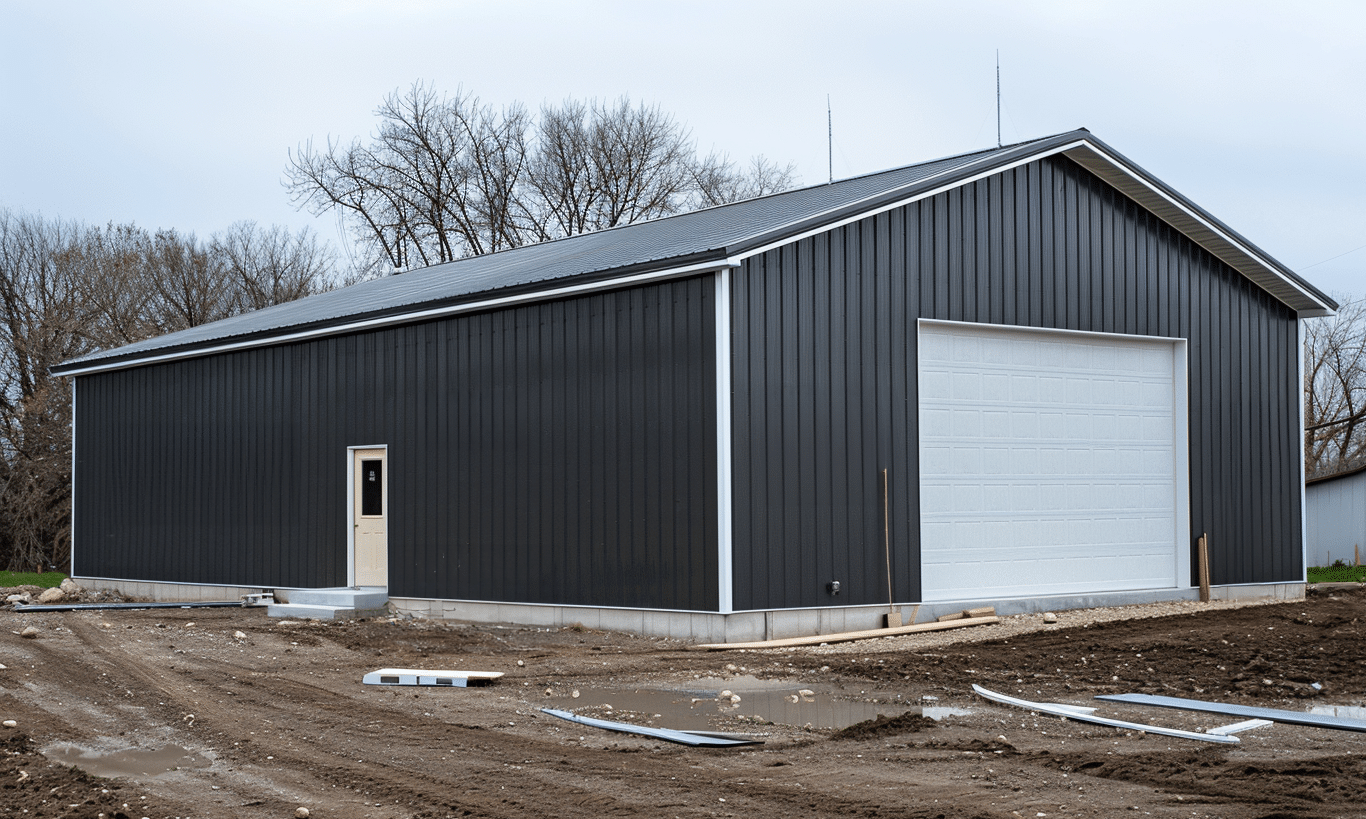
With the right insights and careful planning, your next pole barn will stand tall and proud, defying the test of time and the elements.


